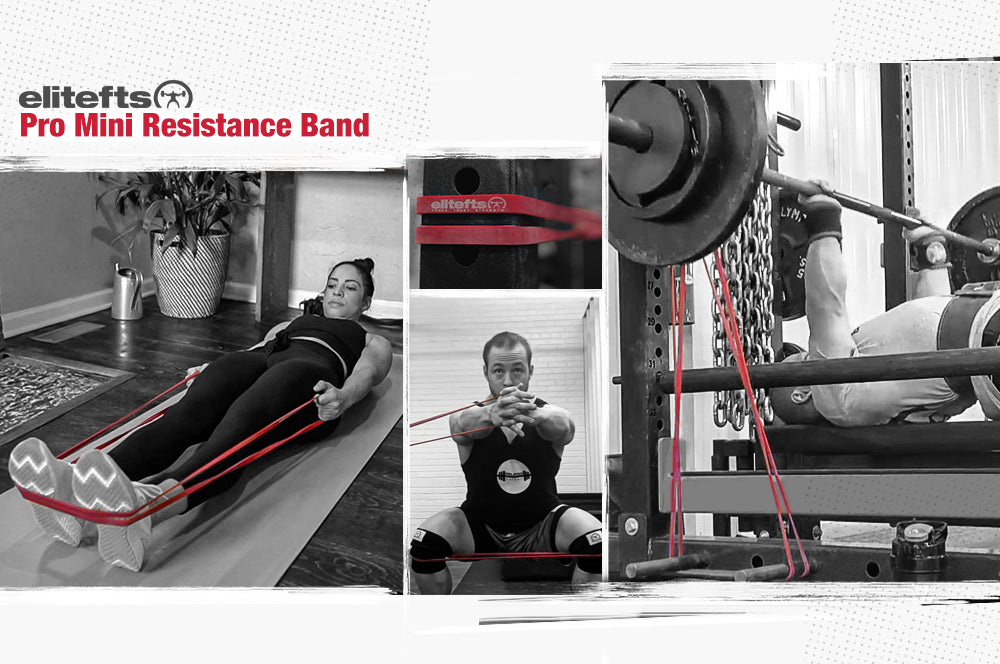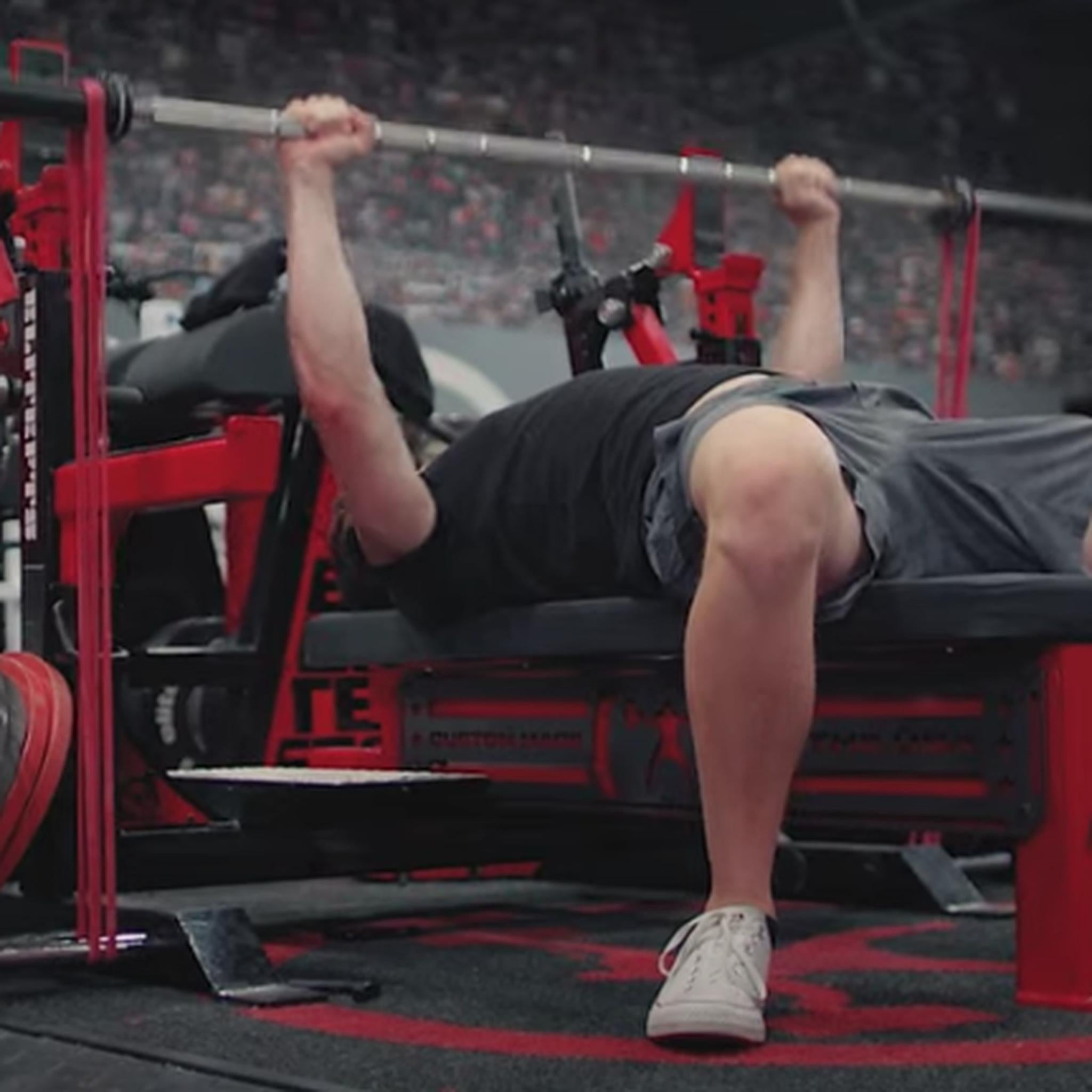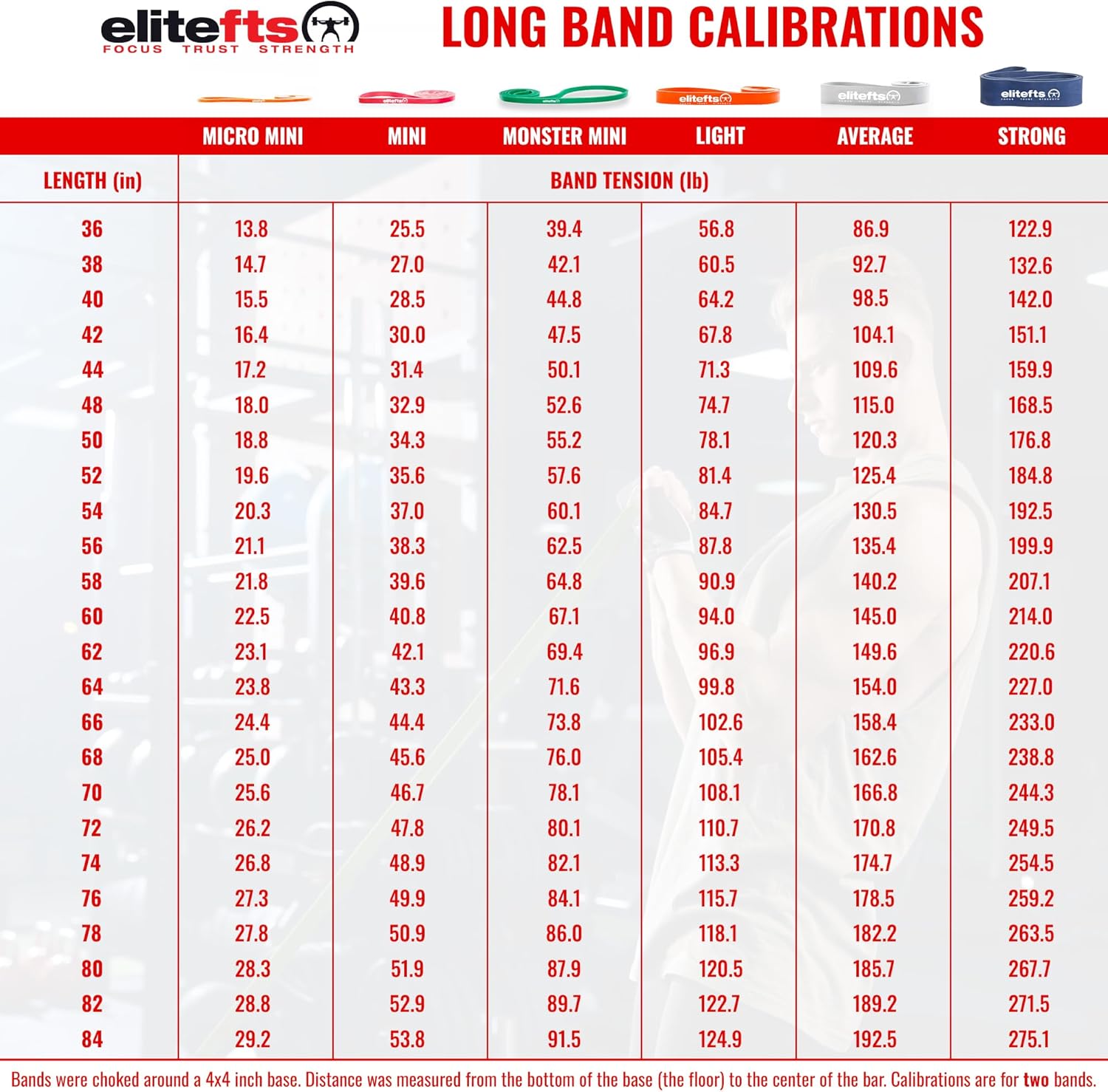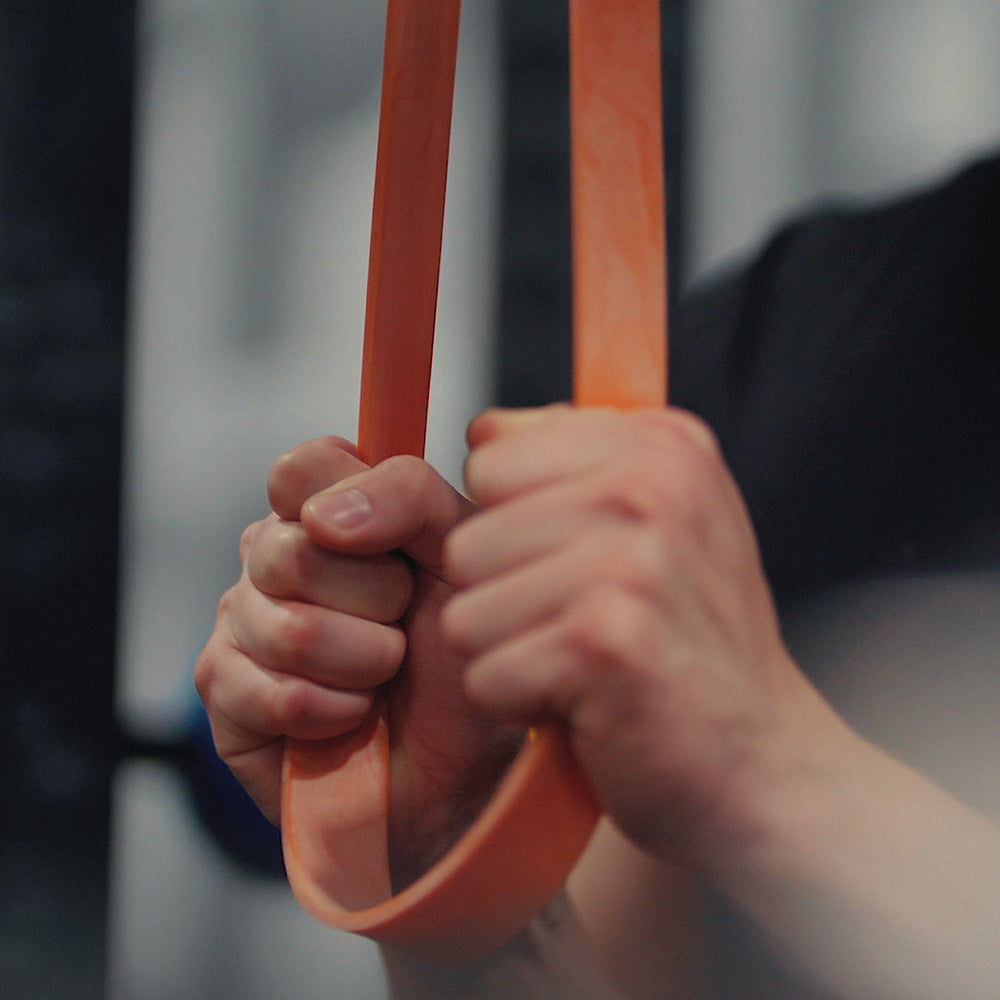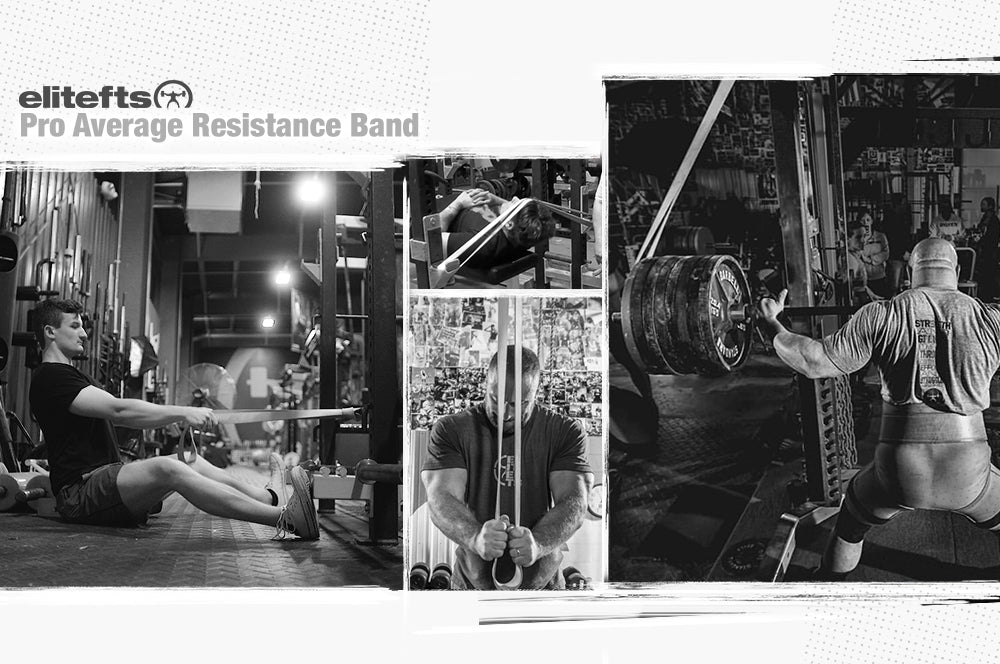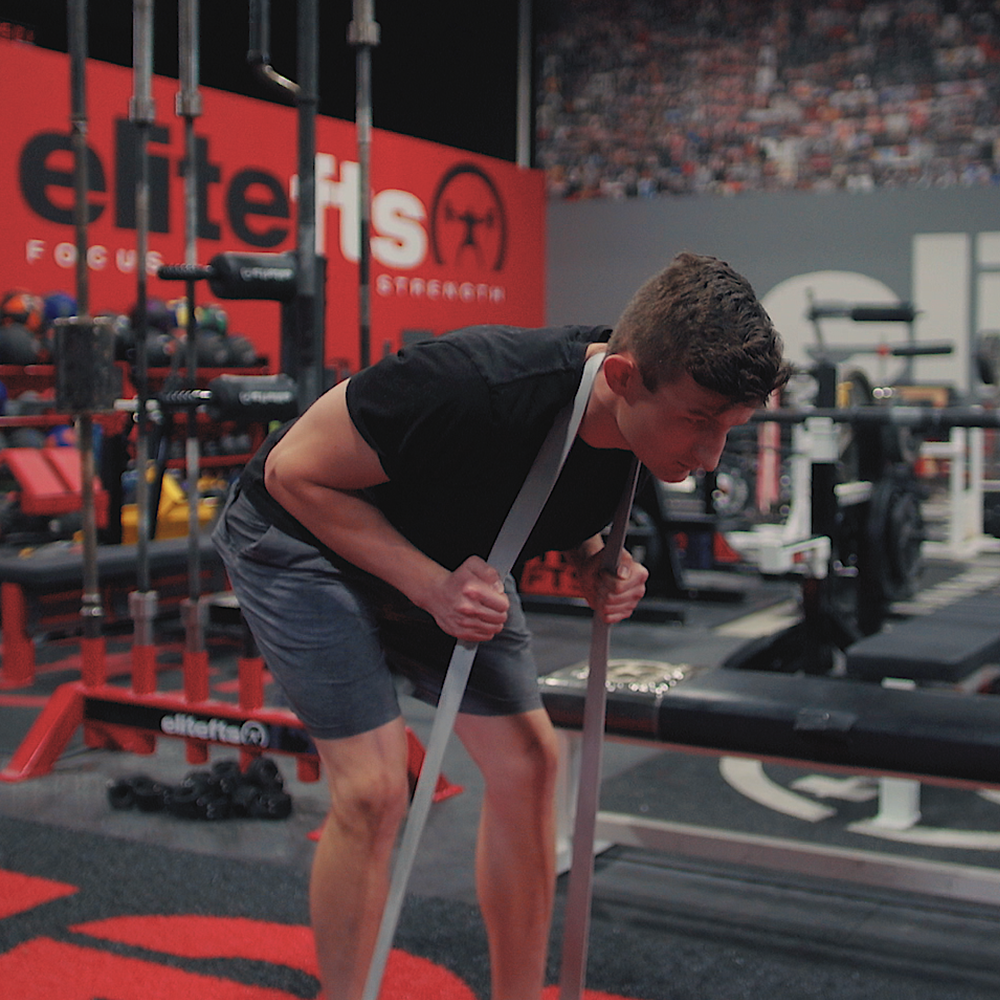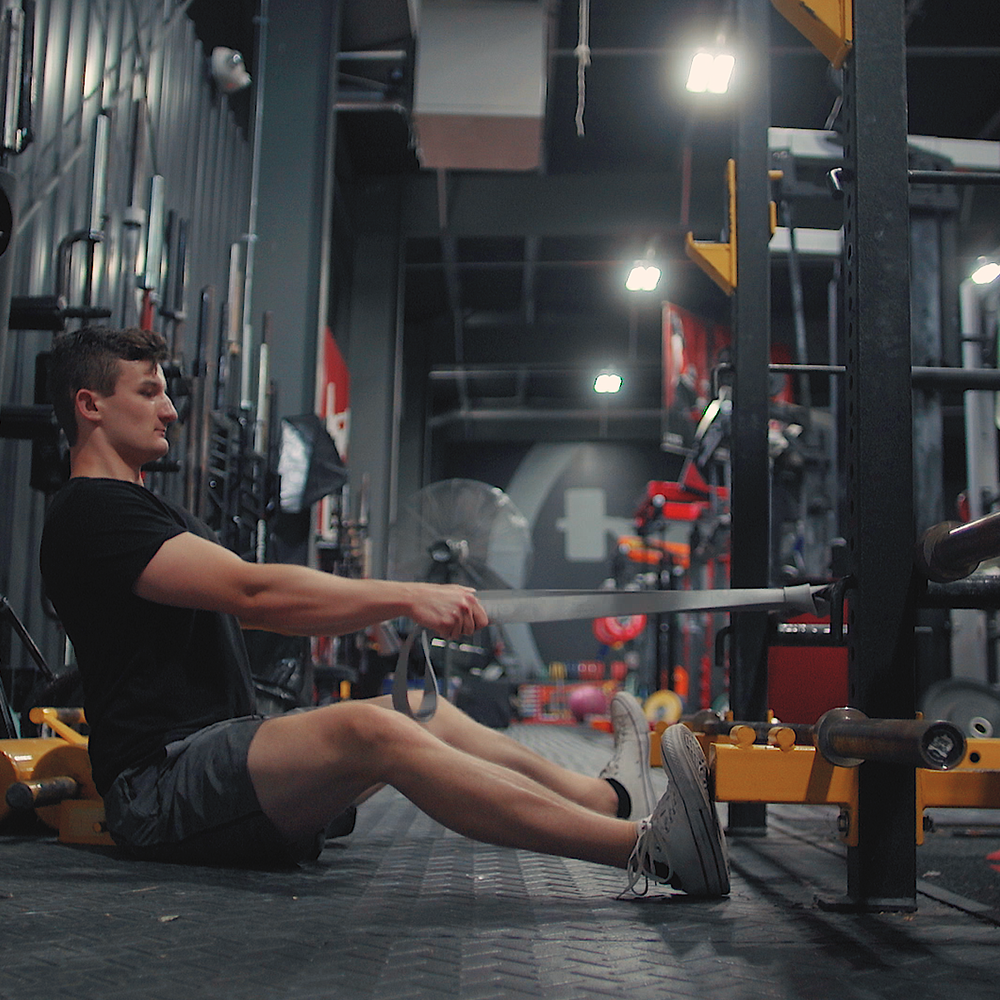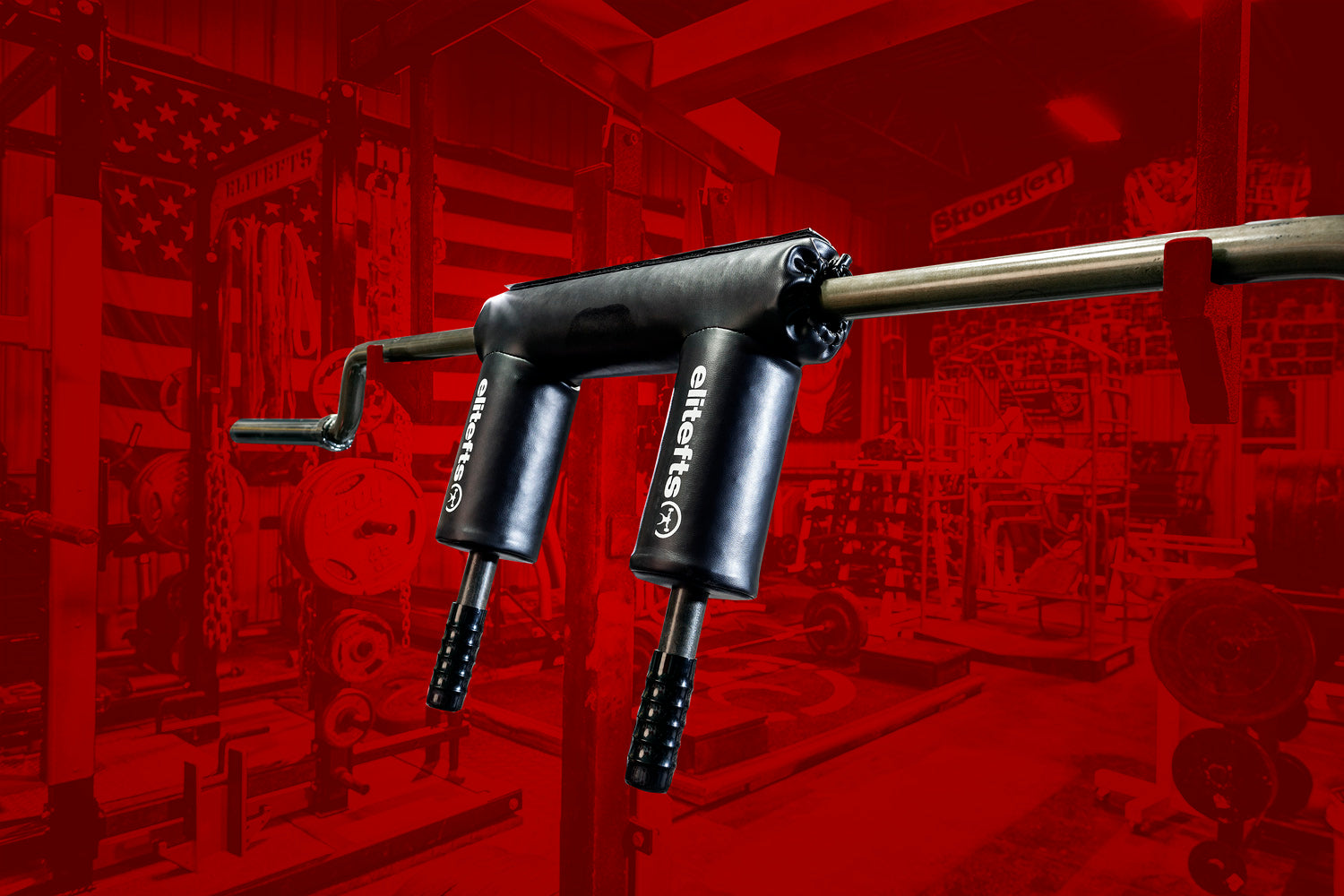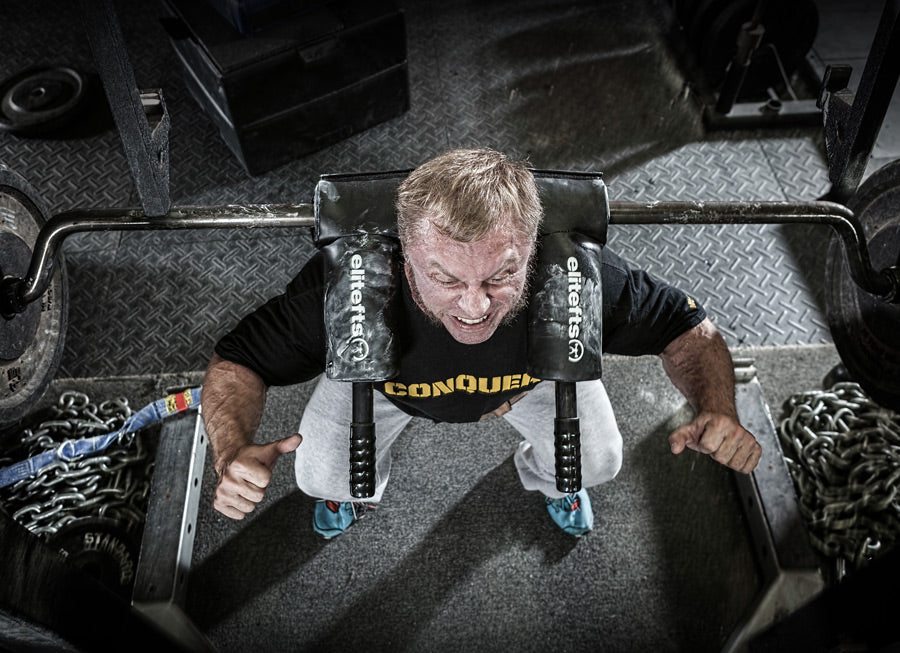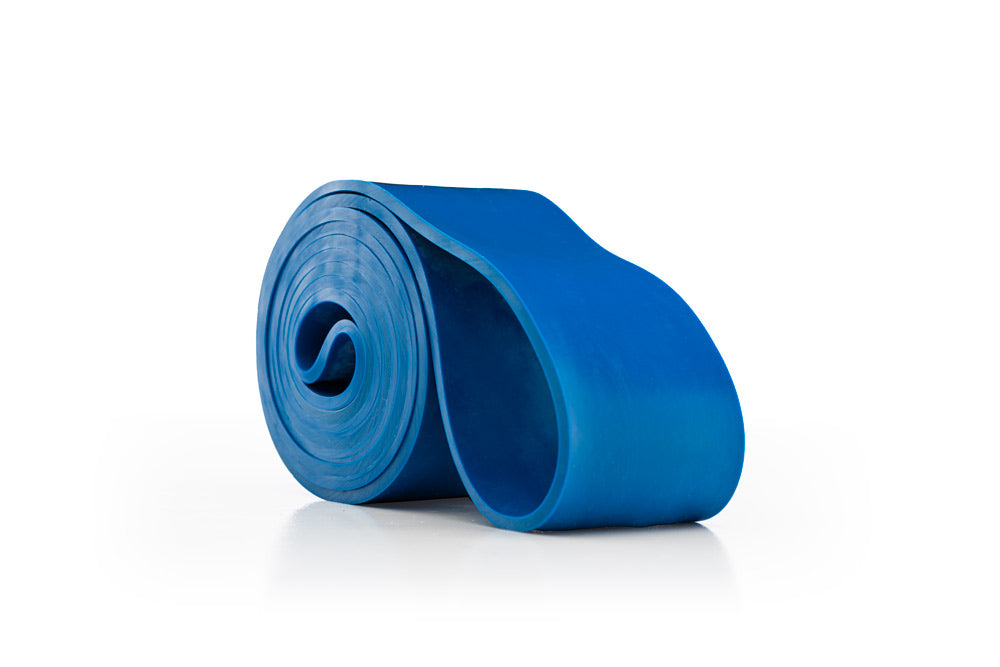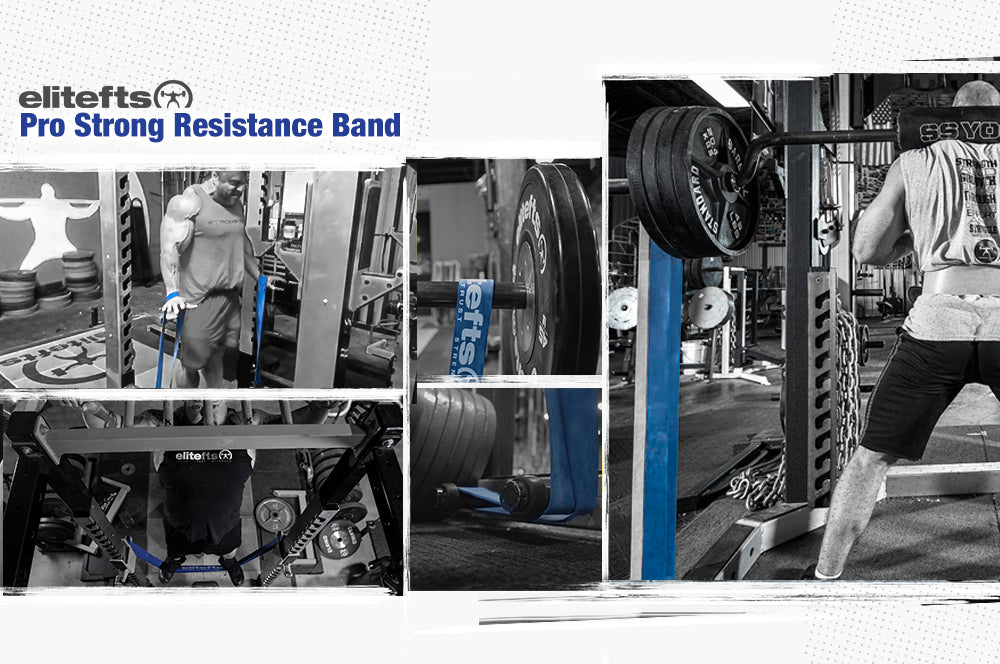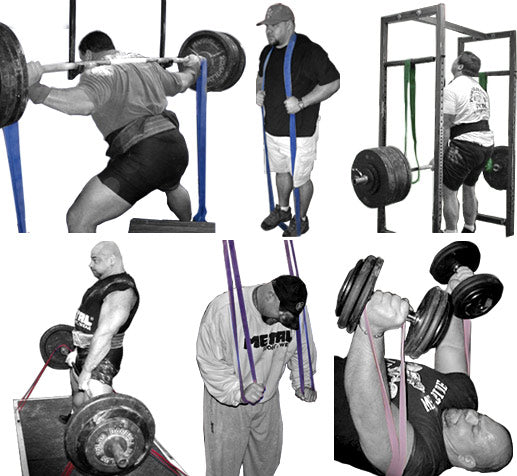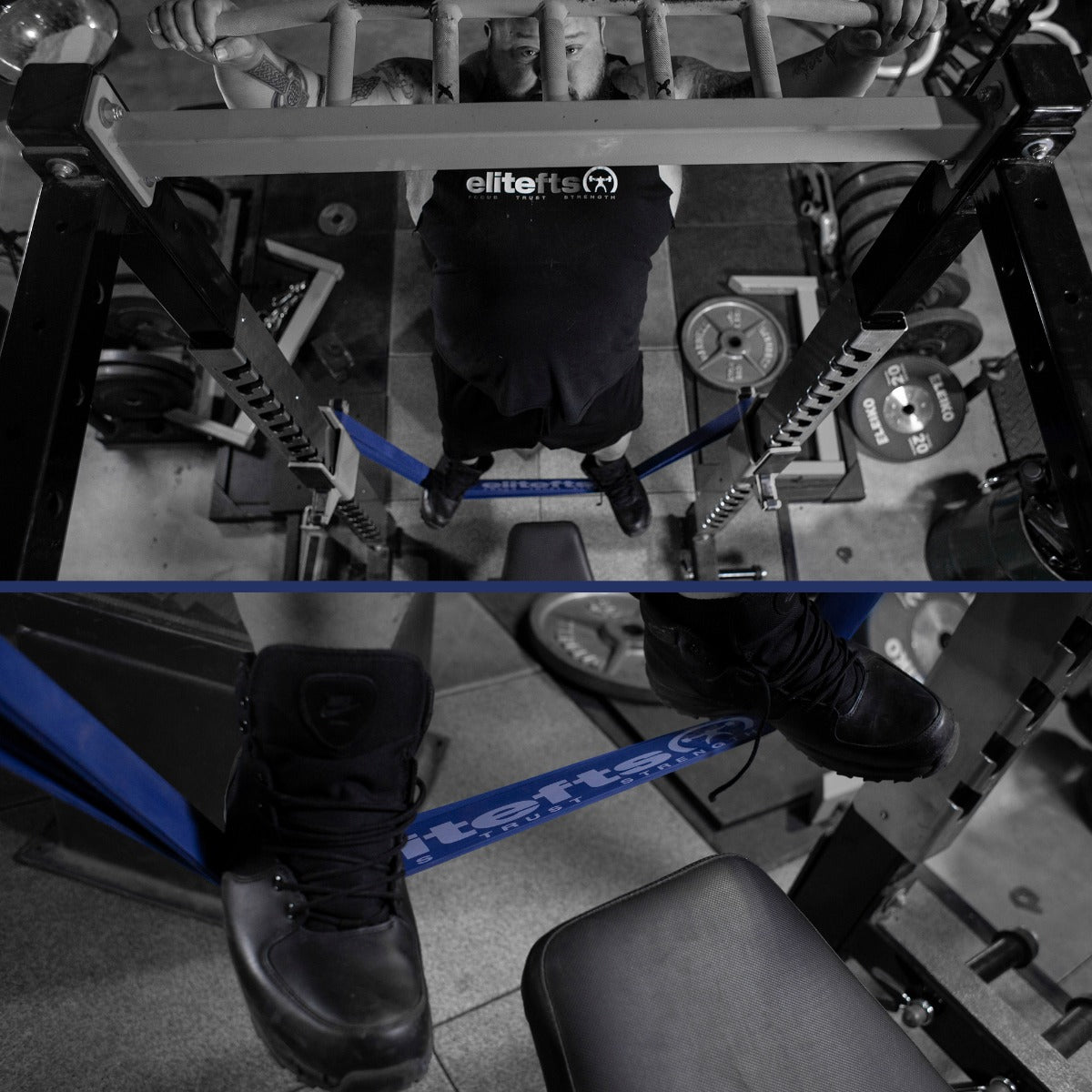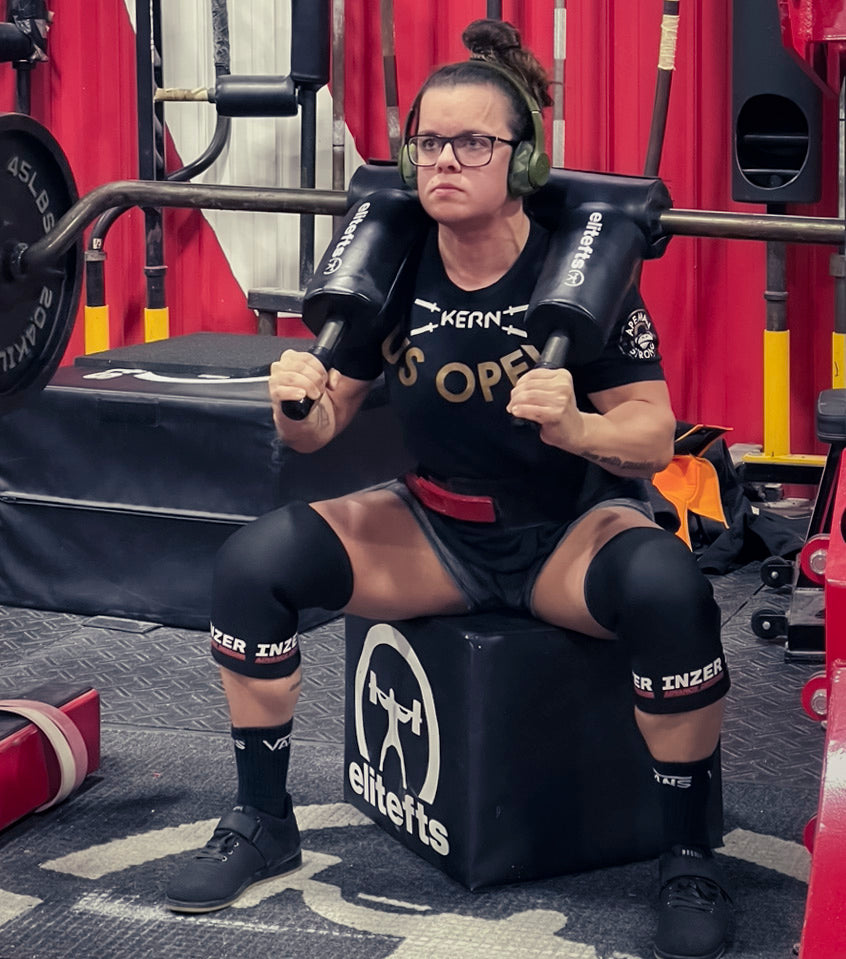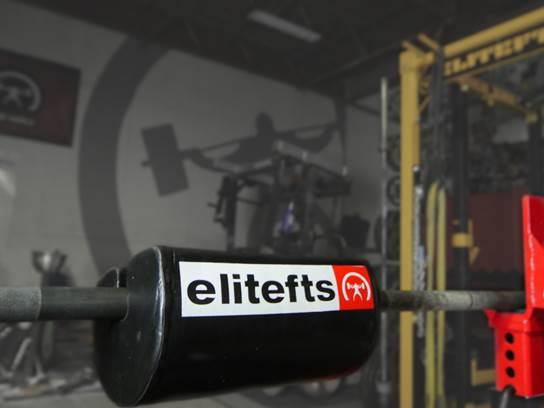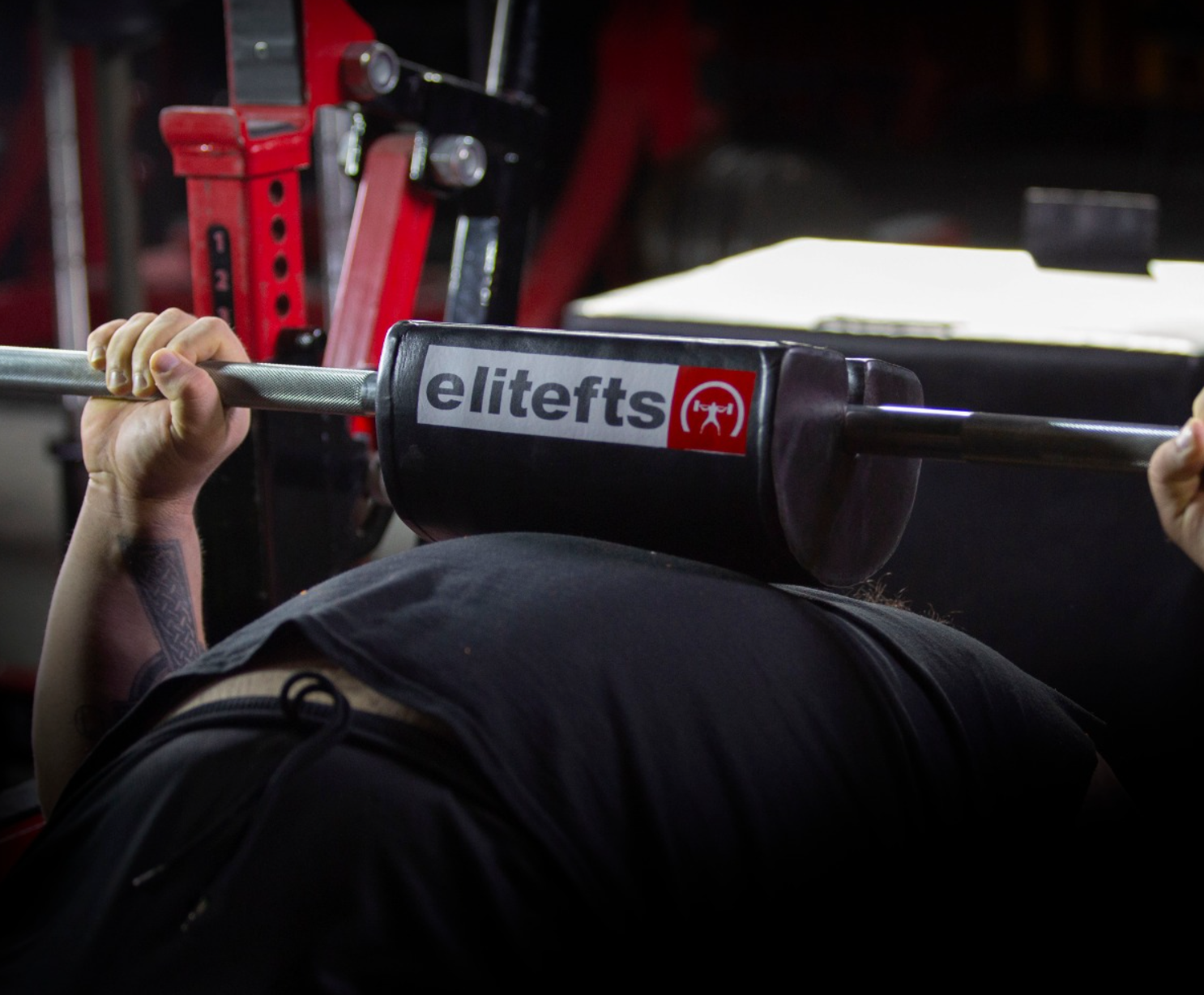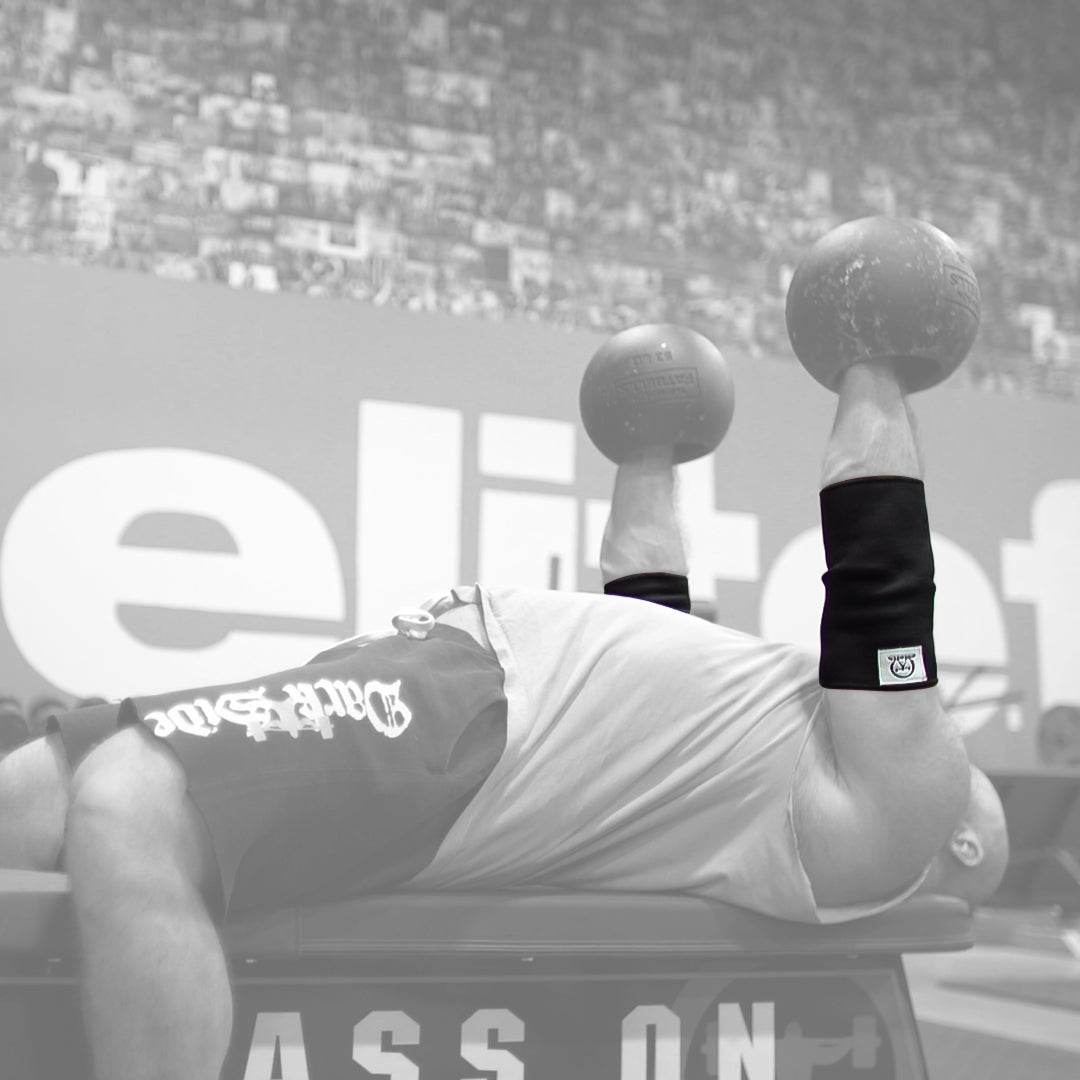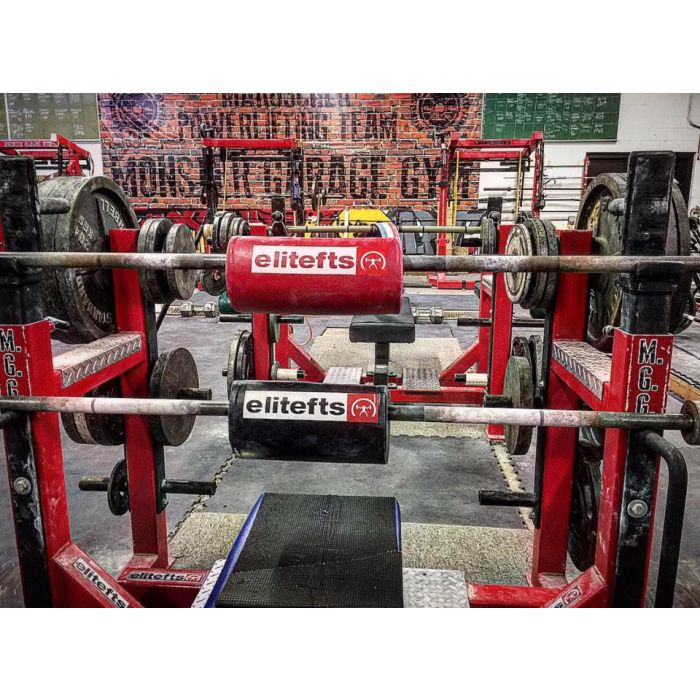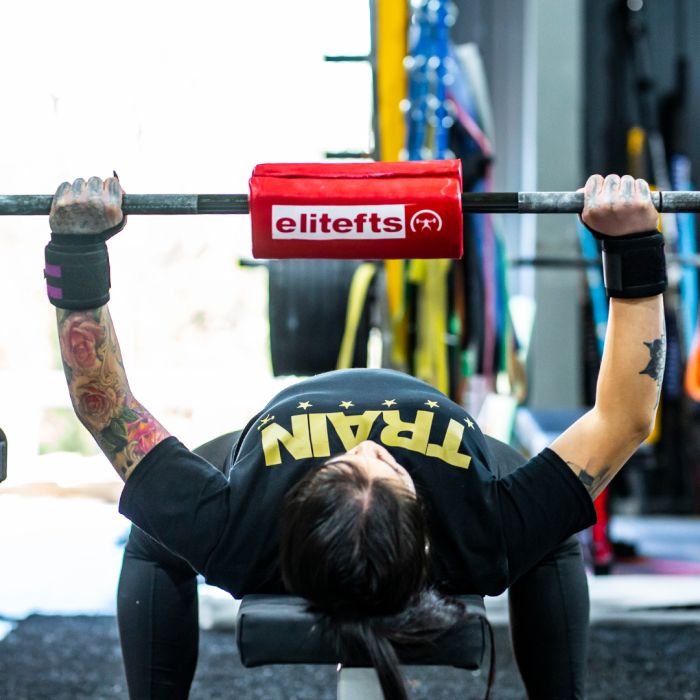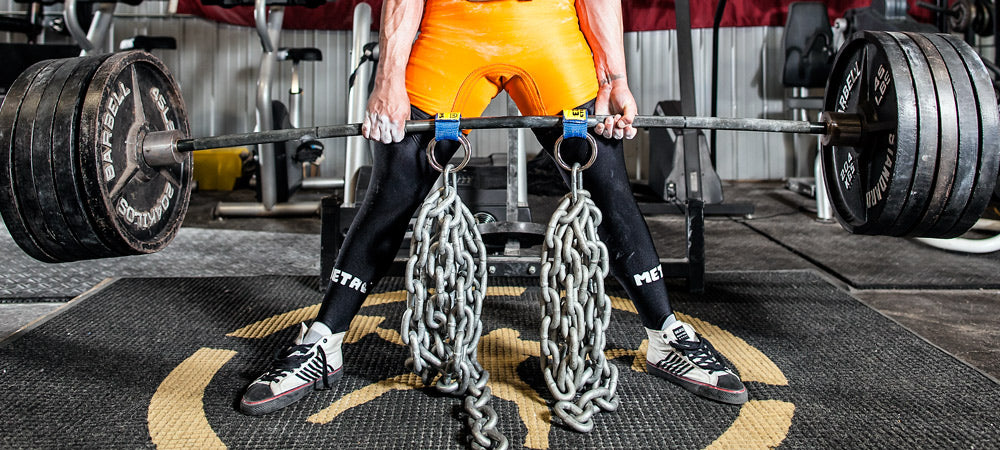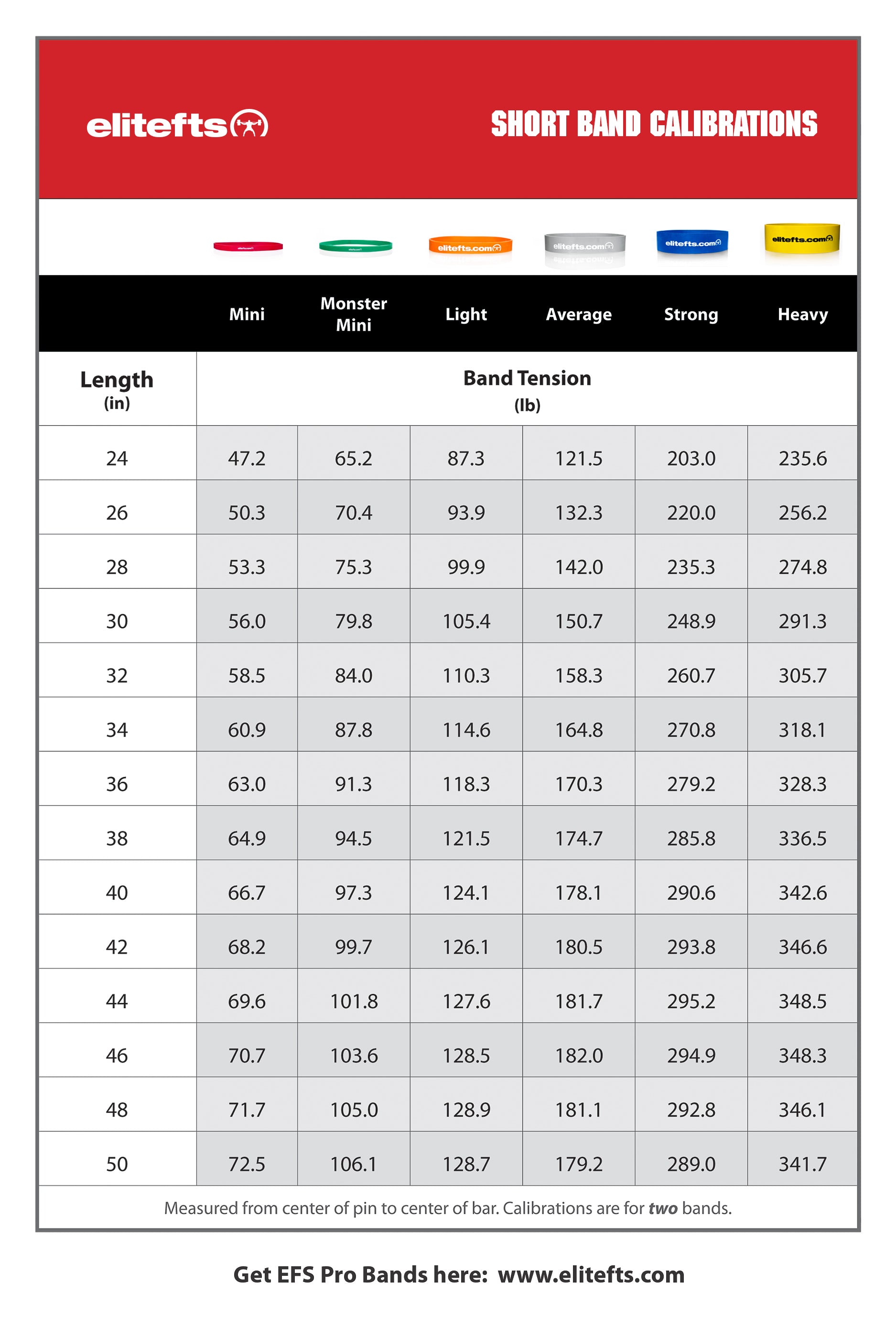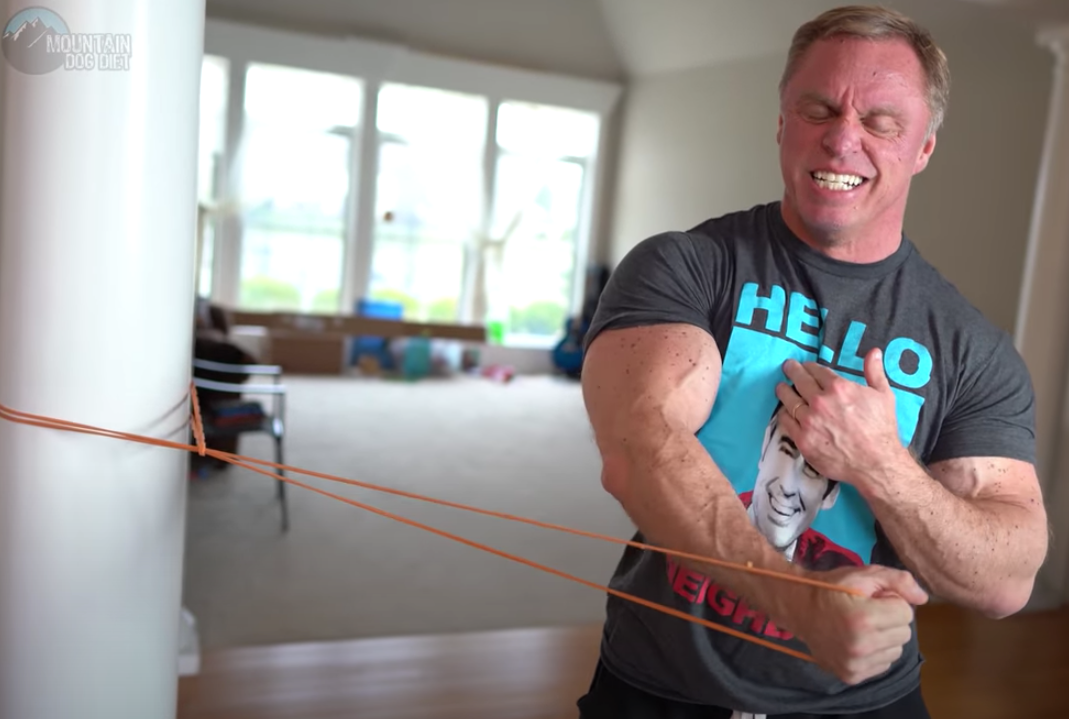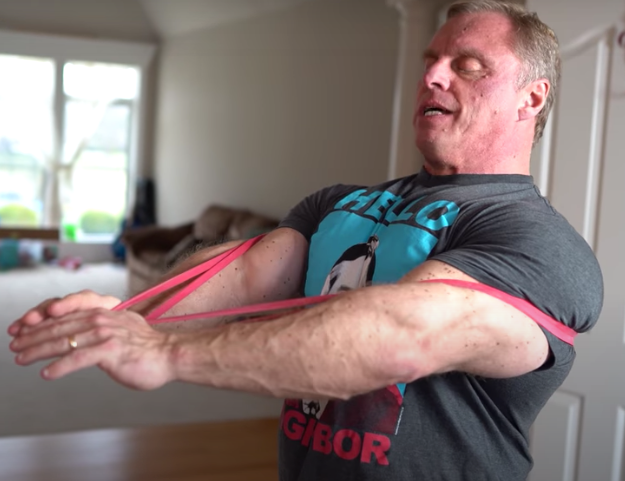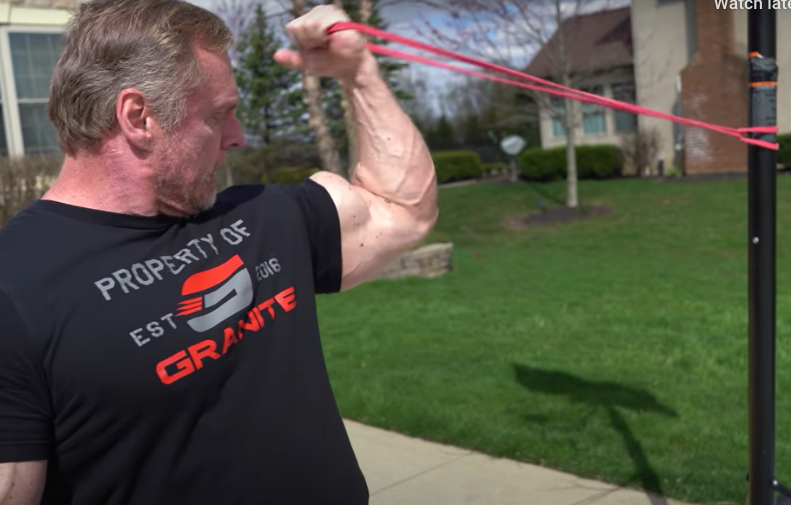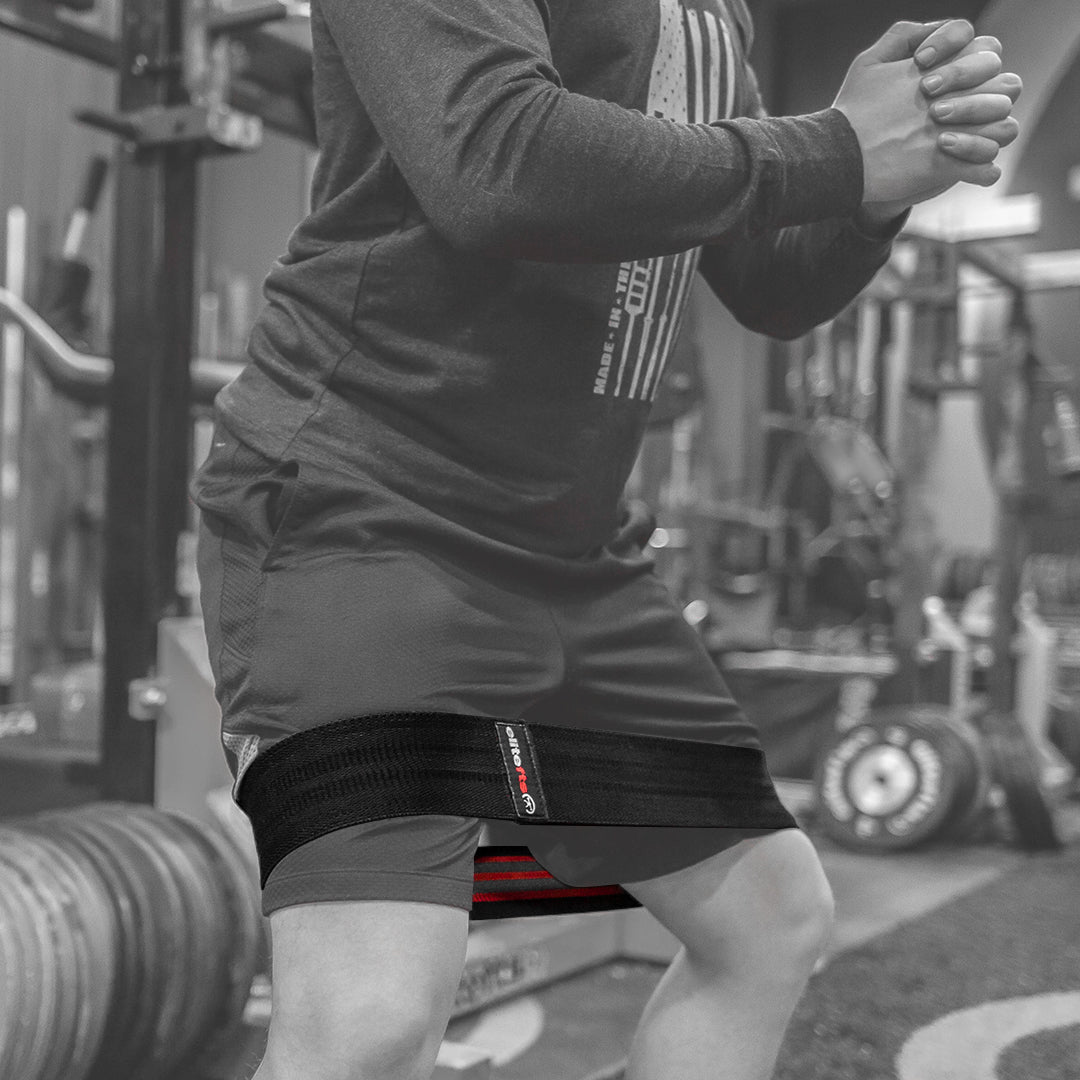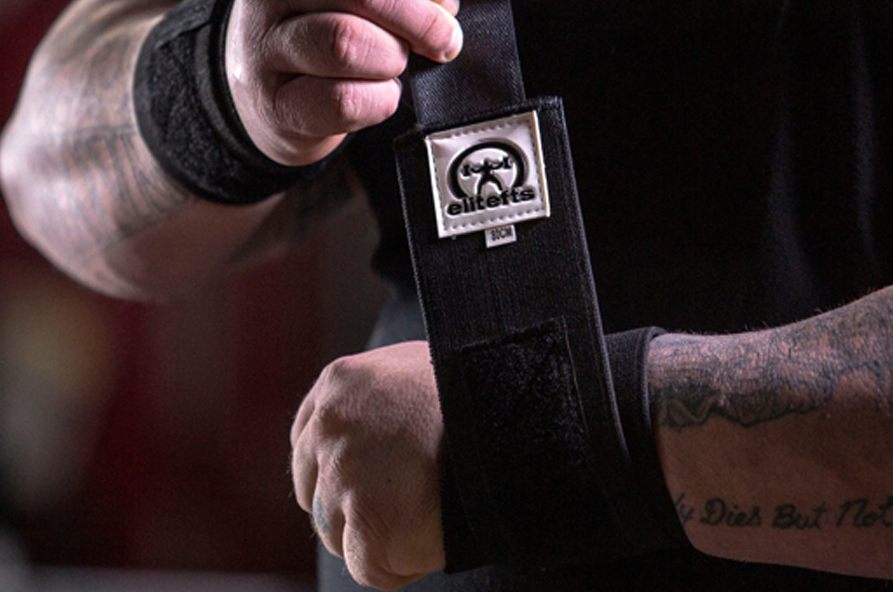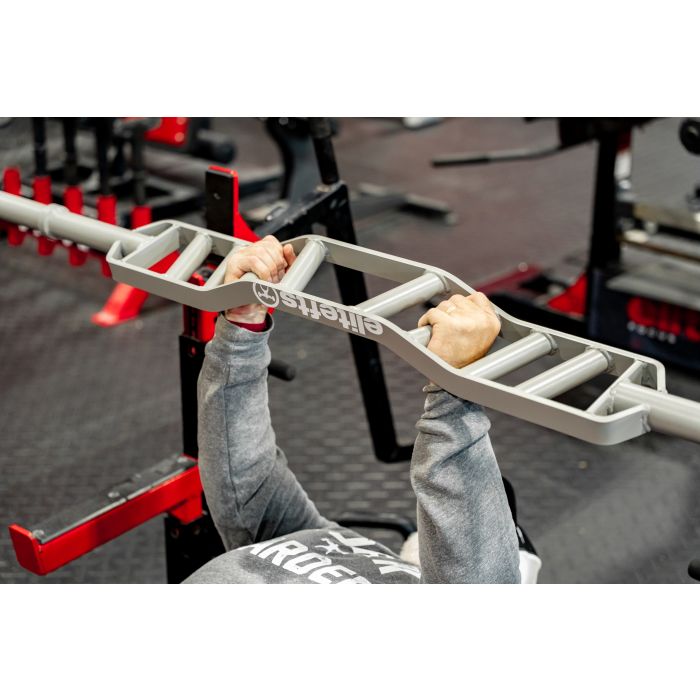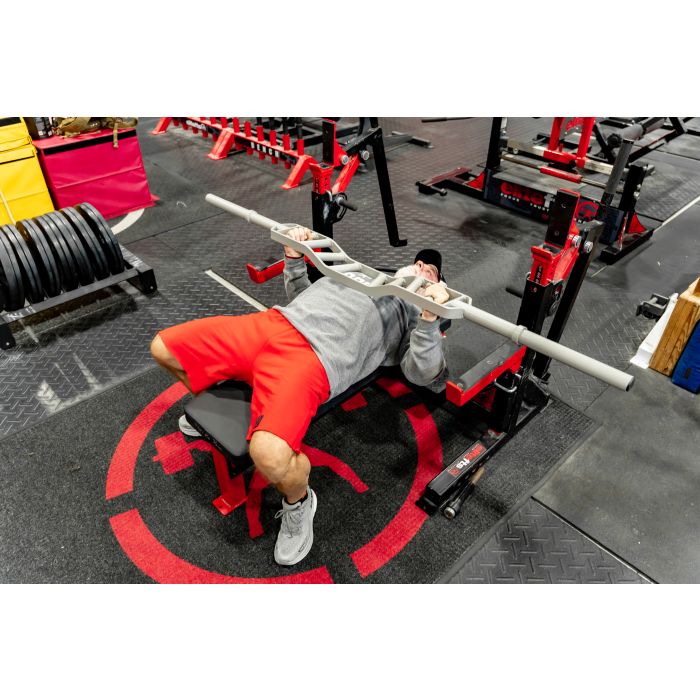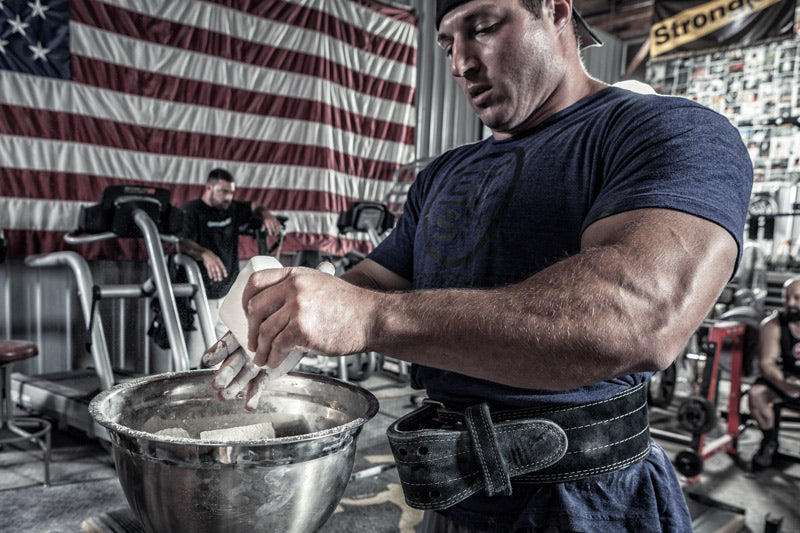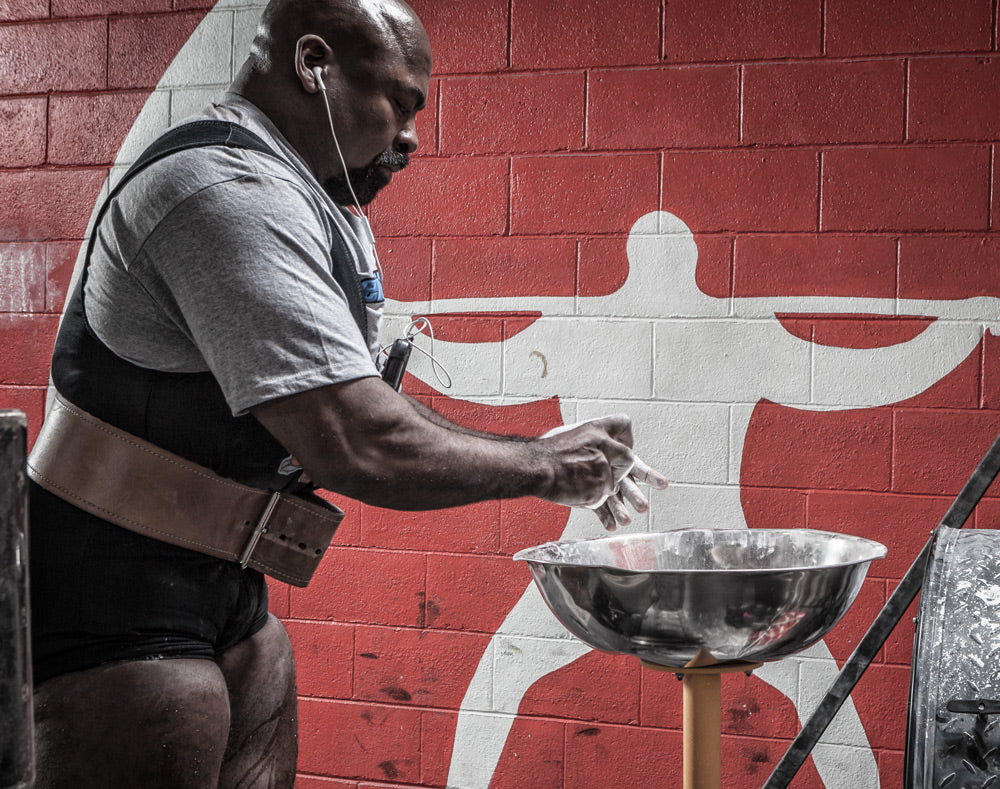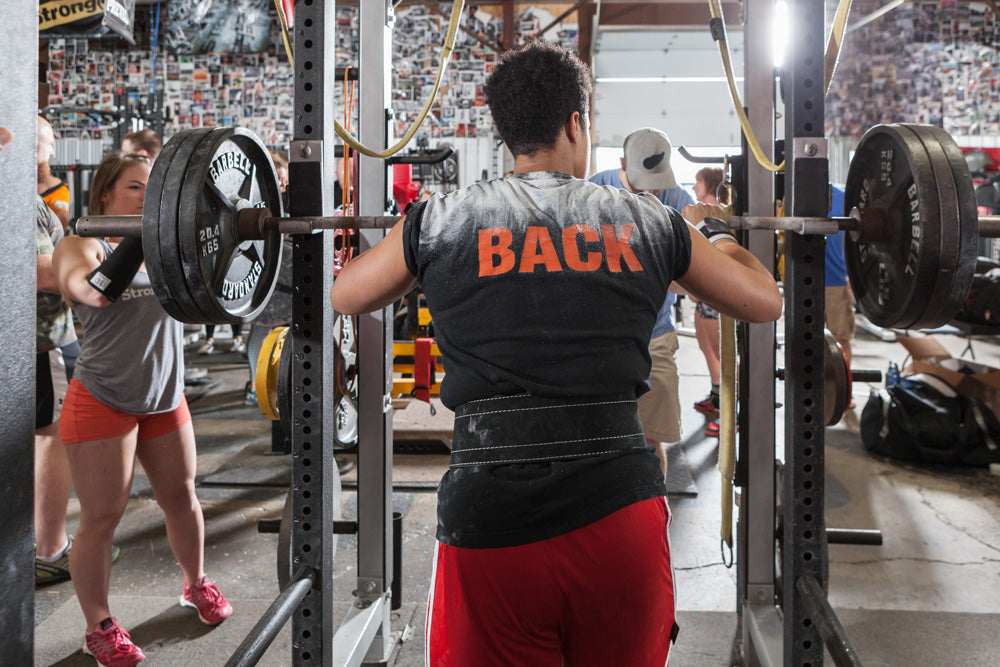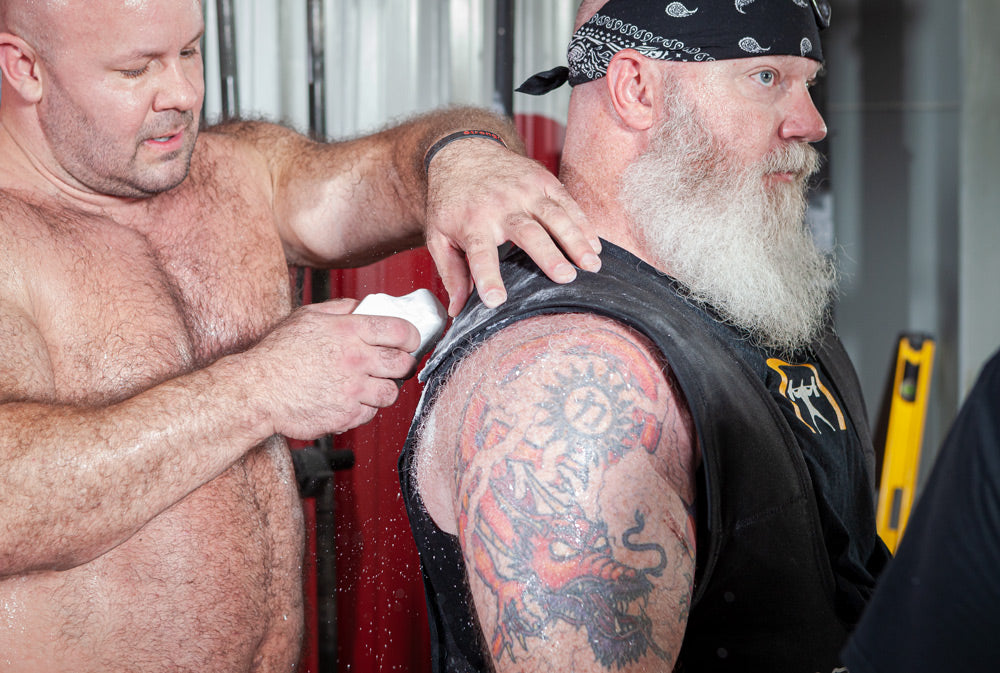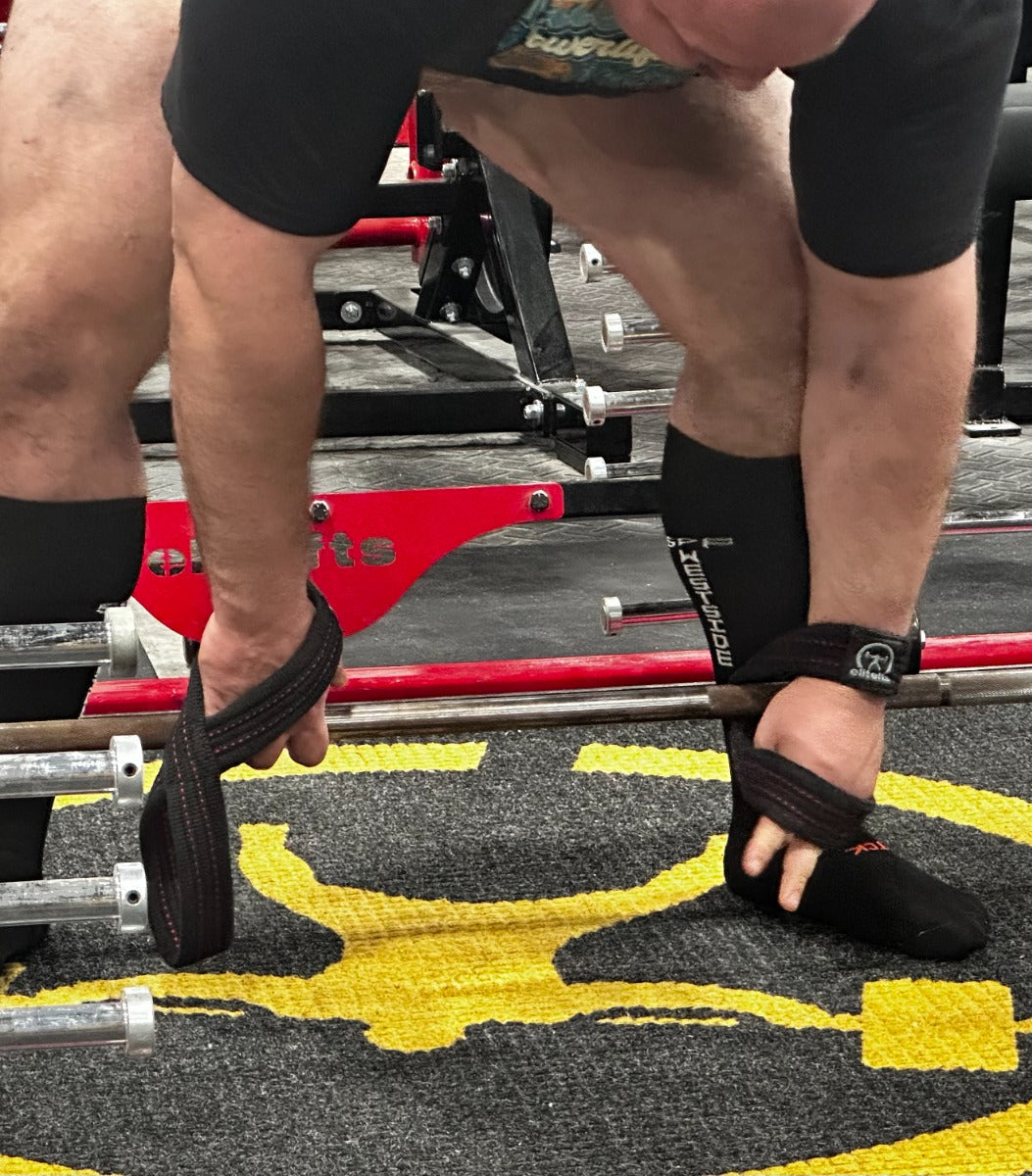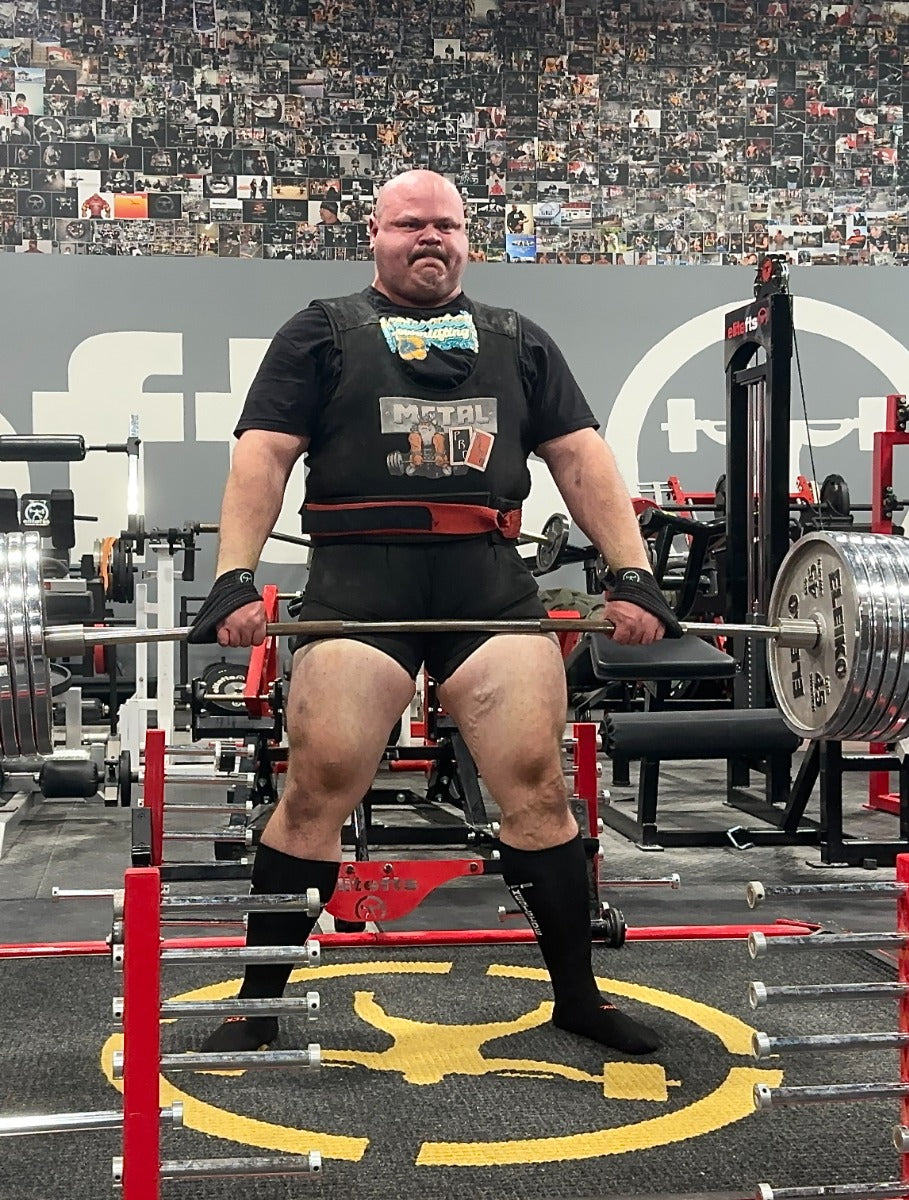Time, not money, is arguably the most precious commodity. Time serves as the main tenet behind goal setting and management. Time is also what separates the training of two qualities that are misinterpreted by fitness professionals and clients alike.
The timeliness of goals greatly impacts the parameters of program design. Athletes may only have weeks to prepare for an upcoming season or event, and this period may be further abridged if they’re rehabilitating from an injury, play multiple sports, or have scholastic, familial, or occupational obligations. On the other hand, typical trainees don’t operate on a seasonal schedule unless they’re the ones who maddeningly rush the gym immediately after the holidays and then again before “beach season” commences. Non-athletes have the time to get in better shape, so their zealousness, as well as the gung-ho attitude of their personal trainer, needs to be curbed. There are a host of factors that differentiate training for fitness and training for performance, which are covered in depth in the text below.
Training for fitness and training for performance both use exercise as a medium to achieve specific goals. Exercise falls under the umbrella of physical activity. Physical activity is simply defined as any movement resulting in caloric expenditure, and it encompasses three categorical sects:
- Fitness activities to establish health
- Fitness activities to avoid disease and related symptoms (usually medically managed)
- Fitness activities to improve performance
Often times, personal trainers and clients mistakenly confuse these three interrelated fitness activities. For example, people at risk of coronary heart disease, high blood pressure, and diabetes who are about to embark on a fitness program wrongly assuming that they have to train like elite athletes to derive any health benefits. This couldn’t be further from the truth, and this mindset is what sets so many novice trainees, new clients, and their personal trainers up for failure.
At risk populations would be best served by incorporating more physical activity in their lives. Recently, the American College of Sports Medicine (ACSM) set a minimum threshold of sixty minutes of moderate intensity activity daily, five days per week. Examples of moderate intensity activity include brisk walking at three miles per hour or one mile in twenty minutes, bicycling between twelve and fourteen miles per hour or at 150 watts, dancing, gardening with light tools, and doubles matches of racquet sports. Each of the activities listed can be quantified by metabolic equivalents (MET), which is the resting metabolic rate and is equal to 3.5 ml · kg-1 · min-1. Each of the activities listed range from three to six MET, which is equivalent to seventy percent of maximum heart rate or approximately fifty percent of one’s VO2 maximum. Alternatively, the ACSM suggested that vigorous activities can be carried out in as little as twenty minutes per day, three days per week and yield similar health improving benefits.
However, brief intense workouts are best suited for intermediate and advanced trainees as training effect or for highly skilled athletes to maintain performance-related attributes. Too many times personal trainers make the fatal mistake of fast tracking their clients by progressing them too rapidly or pop quizzing their physiological make-up with material their body didn’t have a chance to prepare for. Who has ever witnessed a dictatorial trainer run a woefully out of shape, soft-bodied neophyte through a barrage of Prowler pushes, tire flips, and “sprints” that could be mistaken for a projectile seizure? “Hurry up! Let’s get an ICD-9 code for that!”
Instead, personal trainers should instill confidence in their clients. Analogously, strength coaches should do the same with their athletes. As I tell my students, interns, and the sport coaches I work with closely, “assess, progress, success.”
Fitness professionals should establish strength first, as stronger individuals have a greater activity capacity, and prioritize it if their clients or athletes are comparatively weak. This should be followed by the connected health-related qualities that further enhance activity capacity and the strength-supported, ancillary performance-related qualities. Health-related qualities need to be addressed in all populations to some degree. I’ve worked with and have met far too many strength athletes who are likely incapable of tackling a one-mile run. Conversely, I’ve worked with recreational and competitive runners who couldn’t squat their own body weight on their back for one clean rep. While strength is important, so is cardiorespiratory fitness. But most clients aren’t paying you to stand next to them while they glide on an elliptical.
Also note, while a collective blend of fitness qualities is ideal for your typical trainee, the fitness qualities shared by a majority of elite and professional athletes is out of proportion. Readying their bodies for the rigors of their respective sport or event has morphed them into specialists. That’s why we see so many 300-pound linemen, rail thin marathoners, pitchers who are capable of hurling fire, powerlifters who would classify a foam rolling session as cardio, and the overwhelming majority of CrossFitters as being in shambles orthopedically or capable of performing kipping pull-ups throughout the original version of Rapper’s Delight.
While I stand on my proverbial internet article soap box, I want to publicly share my disgust of three practices common in the strength and conditioning industry.
Navy SEAL training:
I’ll preface my repugnance of this warped training methodology by stating that I have an immeasurable admiration and respect for the men and women who proudly serve our country and endanger their lives to protect our freedom. Further, I have friends and coworkers who presently serve or who have served our country. I am also aware of the vast amount of resources and meticulous planning that is involved in training our military personnel, including our Navy SEALS.I’ll continue by saying that tactical training serves its purpose in making our military personnel better prepared for combat and the various missions they bravely carry out. However, bastardizations of tactical training, including what coaches erroneously advertise as “Navy SEAL training,” are purely asinine. Call me a strength training purist, but I firmly believe that specificity reigns supreme in improving athletic performance. Engaging in team activities, which include practices and strength and conditioning sessions, should be sufficient enough in establishing camaraderie and team unity. Jumping in freezing water, paddling an inflatable raft, and performing an infinite number of push-ups with form so deplorable it would make even Hellen Keller’s eyes bleed might create twisted fond memories, but it isn't going to do shit for your performance. Strength and conditioning coaches who run their teams through this type of training really undermine the legitimacy of our industry and disrespectfully mock tactical training professionals and military personnel.
So before you consider special ops or Navy SEAL training, think for a minute about how a training program completely unrelated to the rigors of military combat—say one designed solely to one’s power clean via an ultra-high volume program—makes sense. It doesn’t.
Mental toughness training:
One of the reasons so many coaches ascribe to paramilitary training ideologies is to create mental toughness. Though recent literature emerged hypothesizing the underlying complex brain activity as responsible for buffering sensations of fatigue (4), it shouldn’t be the ultimate goal of coaches, especially strength coaches. Want to challenge an athlete’s fortitude? Skip the 1000-yard bear crawl through the mud at 5:00 a.m. and put a heavy ass barbell on the rack that he’ll have to squat in front of his teammates. Using appropriately challenging and designed Strongman exercises and medleys as finishers, or pitting athletes against others either in teams or one on one, helps build the necessary grit to beat the opponents on game day. Moreover, giving your athletes the edge through well-designed and sound training practices will establish a solid foundation of strength and cardiorespiratory fitness and the subsequent performance-related qualities that they support. Doing so will equip your athletes with confidence. Instead of telling them that they’re the baddest motherfuckers on the field, it’s your duty to make them monsters in the weight room.Another note about mental toughness—while the emaciated bodies of prisoners of war might paint a picture of extreme mental toughness, they definitely aren't strong or fast.
As we are on the topic of mental toughness, exercise shouldn't be used as punishment or for your team’s masochistic middle linebacker as a reward. Earlier this year, a who’s who team consisting of strength and conditioning professionals, sports medicine professionals, rehabilitation professionals, and medical professionals warned against coaches using exercise and conditioning activities as punishment (1).
Ridiculously early morning workouts:
I won’t lie. I love to sleep in when I get the chance, as do most people. However, I’ve noticed another alarming trend in the industry. The workouts keep getting earlier and earlier. I vividly remember the 6:00 a.m. conditioning workouts in college. Fine. During the school year, I’ll typically come in an hour or an hour and a half before school opens to accommodate in-season and multisport athletes who wouldn’t have a chance to work out otherwise. Those workouts typically commence at 6:30 a.m., which isn’t too early. But over the summer, I caught wind of a few colleges holding workouts at 4:00 a.m., which is unjustifiable unless these athletes are working out during the final hours of their third shift job.For some, working out early in the morning is the lone option they have. However, training early in the morning carries a few risks, most notably an increased likelihood of a lower back injury. When we sleep, our spine lengthens. Compressive loading imposed on our intervertebral discs dissipates as we lay flat. This is why people are generally measured as being slightly taller upon awakening. However, in the morning, intradiscal pressure is much greater than it is before we go to bed. Throughout the day spinal discs bulge a tad more. They become more flexible in bending activities and offer more resistance in protecting shearing and compressive loads, vertebral slippage, and its resultant effects of bulges and avulsions less likely. Resistance training and cardiovascular exercise has shown to induce shrinkage of the spine via compressive forces. Throughout the day further shrinkage occurs before hitting a nadir, which recent research suggests may be correlated with lower back pain (3).
Morning workouts should comprise an extensive warm up performed in multiple planes. Ideally, maximum strength testing should not take place early in the morning but rather later in the day. Bret Contreras, in a blog post a couple years ago, advocated performing unilateral lifts in place of heavily loaded bilateral lifts to reduce spinal loads. Research has indicated that stretching throughout the day may prove helpful (8). A study conducted by Snook et al. that has been cited by Stuart McGill and other prominent researchers, as well as coaches, advised controlling lumbar flexion during early morning hours (6). Exercises that are flexion heavy should be abstained from at least during the early part of the workout. A follow-up study conducted three years later by the same team of researchers revealed that the participants of the initial study who restricted bending activities during the early morning hours considerably reduced their lower back pain (7). If heavy lifts must be utilized in an early morning workout, athletes should be advised to wake up earlier and engage in some light activity. They could bang some stretches out or bust a mobility move on their stroll from campus to the weight room. Earlier this year on his blog, Eric Cressey suggested that athletes take a hot shower before their workout to increase body temperature. It should be noted that basal body temperature is lowest at sleep because the body is not as metabolically active.
I’m off my soapbox now. Hopefully, my lipped can didn’t piss off too many people or delay my journey in landing a collegiate strength and conditioning job one day.
References
- Casa DJ, Anderson SA, Baker L, et al (2012) The inter-association task force for preventing sudden death in collegiate conditioning sessions: best practices recommendations. Journal of Athletic Training 47:477–80.
- Healey EL, Burden AM, McEwan IM, et al (2011) Diurnal variation in stature: do those with chronic low-back pain differ from asymptomatic controls? Clin Biomech 26:331–36.
- Leatt P, Reilly T, Troup JG (1986) Spinal loading during circuit weight-training and running. Br J Sports Med 20:119–124.
- Noakes TD (2012) Fatigue is a brain-derived emotion that regulates the exercise behavior to ensure the protection of whole body homeostasis. Front Physiol 3:82.
- Portman R, Ivy J (2011) Hardwired for Fitness. Laguna Beach, CA: Basic Health Publications.
- Snook SH, Webster BS, McGorry RW, et al (1998) The reduction of chronic nonspecific low back pain through the control of early morning lumbar flexion. A randomized controlled trial. Spine 23:2601–607.
- Snook SH, Webster BS, McGorry RW (2002) The reduction of chronic, nonspecific low back pain through the control of early morning lumbar flexion: 3-year follow up. J Occup Rehabil 12:13–19.
- Voss LD, Bailey BJ (1997) Diurnal variation in stature: is stretching the answer? Arch Dis Child 77:319–22.











